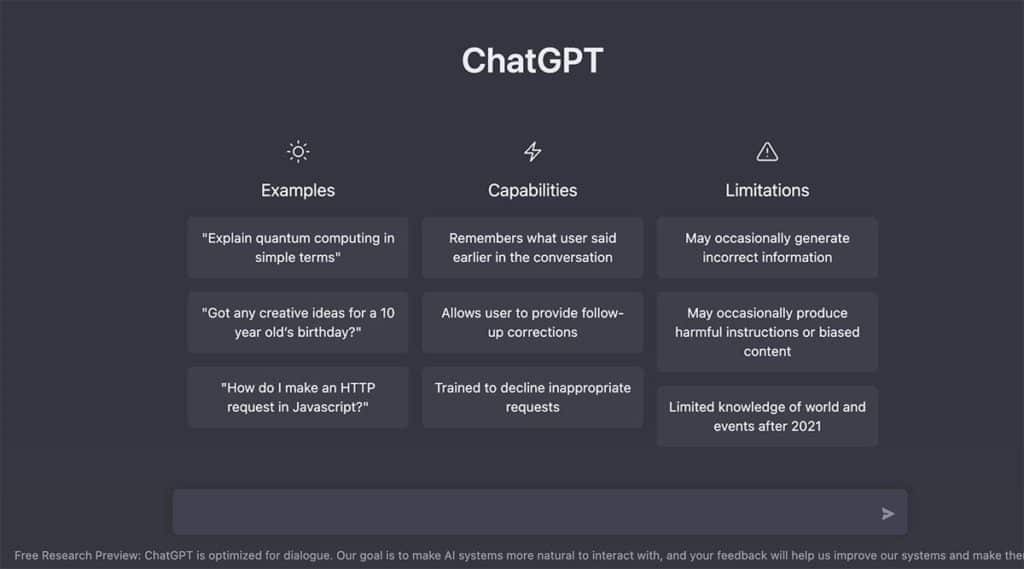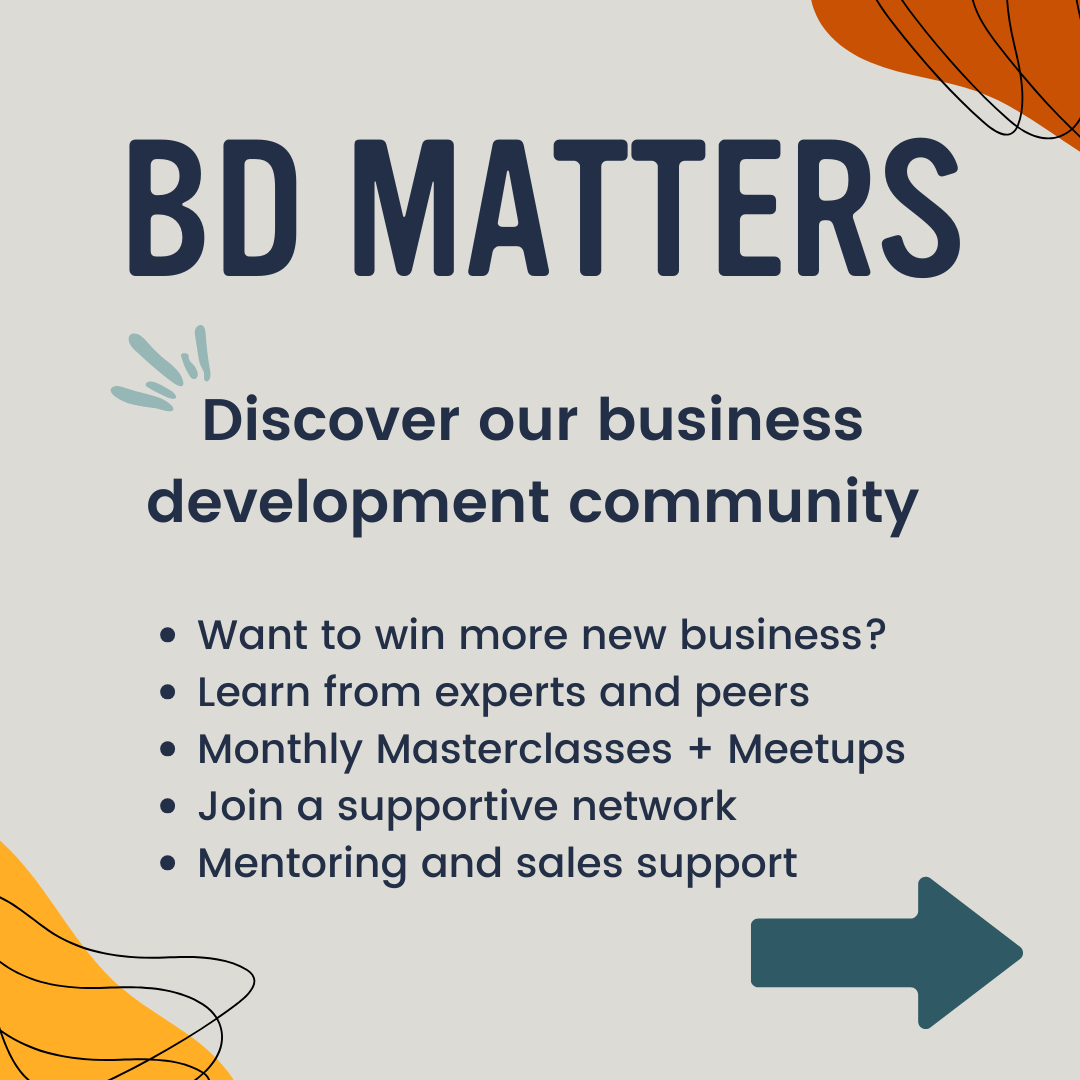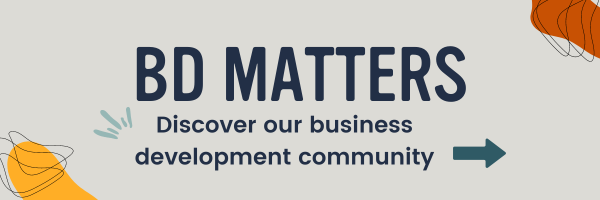
Unpacking the complexity of Positioning
February 15, 2023
Ahh… positioning, that complex beast.
When done right, it helps differentiate your product or services from your competitors, attract the right type of clients/ customers and establish a unique identity and share of voice in the market. But symptoms of poor positioning could be attracting none or the wrong types of leads, poor conversion rate, a lack of vision and motivation to employees and a weak new business strategy.
Why is developing a positioning so tough?
To unpack the complexity, you must start by understanding what positioning entails.
Here’s the approach we lean on for our clients. This isn’t a linear process but you can use this framework to help you address the key points of building your positioning.
Niching (don’t get scared now):
Fear has no place here, niching is a game-changer. This is often an ignored step as many business owners are afraid to niche. The necessity to win new business makes them want to target far and wide and not pigeonhole themselves. That’s nonsense.
To niche is to decide that you believe your business is the best fit for a particular type of customer. The best part is, you get to decide the type and once you start to focus your energy here, you’ll attract more of them.
You can niche in many and multiple ways: service offering, size of the company, geography, sector, demographic, personality and mindset, values etc.
It is inevitable that the smaller you are, the more you must niche, but it doesn’t have to limit your market size. I believe businesses are too scared to do this and don’t realise they can build credibility in lots of niche areas one after the other. Your niche also doesn’t have to be an eternity – you can adjust and PIVOT!
Knowing your target customers:
It’s one thing to identify your target audience and another thing to know them.
Your audience is who you want to work with rather than who you work with. It’s the specific segment of consumers you want to reach with your brand. What are the different personas you could talk about? How do you show that you understand their pain points and talk to them each in a tailored way?
The biggest mistake we see here is an over-generalised view of the customer without any deep insights into their challenges, why they would buy from you and the pros and cons of their alternative options in the market.
Understanding your competitors and the market:
You should know who your direct and indirect competitors are and how you differ from them. You may also want to think about conducting some market research to confirm your thinking.
You should also know the alternatives to people using your service. For example, if you’re a social media agency, an alternative to using your service in a target buyer’s mind might be to do it themselves using a tool like Canva. Be clear on the benefits of using you instead and position yourselves to attract and win these people over.
Keep an eye on what’s happening in the wider market. What consumer/buyer shifts are happening? E.g. With more affordable AI platforms out there, is your target audience automating certain processes in-house?

(Image: Screenshot of OpenAI ChatGPT)
Defining the brand’s unique value proposition:
Clearly articulate what makes your brand different from others and its benefits to your customers.
Lean into the service you offer, how you deliver them, the value you bring, the approach you take etc.
You could also list all your capabilities that the alternatives do not. For example, you might be the only consulting business with a certain combination of skills and experience. You might be the only business with a particular set of partnerships or a trademarked approach.
Now identify the strongest points of differentiation and flesh out their value. For example, if you are the only marketing agency that does creative and media buying, does this save the customer money? Put a figure on it – how much are they saving with you than if they had to hire two agencies?
Strengthening your brand personality:
Ensure your brand personality and tone appeal to your target customers. Your use of language (from metaphors to jargon) should resonate with them and support your value proposition. The common mistake here is business playing it safe and not being brave enough to sound and look different, so they blend into a saturated market.
You should consistently apply your brand personality across all channels you own, including:
Website: Your website is often the first place where people come into contact with your brand, and it should reflect your brand’s personality.
Social Media: Social media platforms provide a great opportunity to showcase your personality through posts, videos, and other content. If you’re a bold outlandish brand, your social media posts won’t be playing it safe.
PR and Advertising: You can use advertising to reinforce your personality and establish an emotional connection with your target audience.
Prospect Interactions: The way you interact with your prospects, whether it be through cold calls, in-person interactions, or online forums, can also be a reflection of your brand personality.
At this point, you can now think about articulating your positioning and taking it to market.
Communicating the brand positioning:
Develop and execute a marketing and communications plan to effectively communicate your brand positioning to your target customers.
This could be through a variety of comms from a Founder’s back story, to why you exist, your beliefs, previous clients, your company culture and your values.
Essentially you need to articulate everything we have covered in points 1-5. We would advise putting this into an elevator pitch of 100 words, including your Why, What, How, and Who!
The more distinct your positioning, the easier it will be to produce a sales and marketing strategy to amplify it through your channels. Using them should be a strategic decision based on your audience and how best to reach them. For example, ad agency Mellor&Smith want to attract disruptive challenger brands, so it made sense to create an event called Take F*cking Risks and stick it in a pub!
If your perfect prospect discovered you, would they reach out immediately because of how well you’ve understood and communicated an effective solution to their pain points?
Monitoring and adjusting: Most agencies forget this, but you need to regularly assess the effectiveness of your brand positioning and adjustment as needed to ensure it remains relevant and effective.
There should be elements of your positioning that should never really change, like your mission, values and tone of voice. These should be deep-rooted in your belief system and reflected in your employees. But it is inevitable that your offering and target audience may evolve as you grow, so try to maintain consistency and be true to who you are, but always evolving to your market.
What is “good” positioning?
Another complex thing about positioning is that people have differing views of what ‘good’ looks like. I hear all sorts of things from people who think they have their positioning sorted, such as:
“We focus on innovation”
“We are niching on technology”
Whilst there might be some inklings as to where these companies are going, can you identify many organisations that aren’t trying to innovate or use technology in some way?
You see, it’s not enough, and they are viewing positioning in a too simplistic way. And doing this will lead to a poor new business strategy.
The other big question we get is, “can we do it ourselves”. Whilst this is possible, we would strongly advise against it. We have seen too many cooks get involved in these processes, voices get marginalised, egos get in the way, and no one can hold an objective perspective. You are probably too close to it and too invested, so getting external support will help you remain honest, manage the internal politics and ask you the hard-hitting questions required. You can also use this person to help validate your positioning with your target audience, which is the ultimate barometer.
Positioning is complex. Sometimes what you have is good for the time being. Sometimes you need the experts.
By Adam Graham

